The secret of microcosms, new keys to understanding microbes
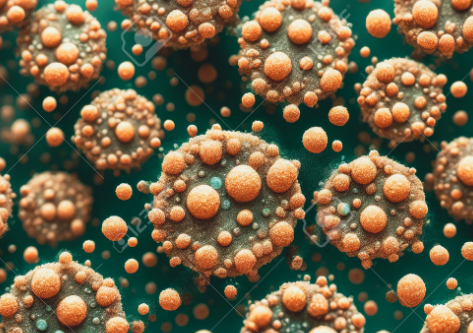
Hello curious microbiologists and lovers of the invisible world! Today I bring you the story of scientists who ventured to discover the stars of the microscopic realm. In the tiny world of microbial communities, there are keystone species that are like VIPs at a party, affecting the stability of the whole affair. And it doesn’t matter if they are in low quantity, they can cause a disaster! But here comes the drama: identifying these species in the human gut is more complicated than solving a puzzle in the dark. A team of brainiacs at Brigham and Women’s Hospital decided not to give up and came up with a new game: the Key Species Identification (DKI) Framework. See it as the machine learning ninja, trained on real data from the human gut microbiome! This guy slips through the data like a shadow, and there is no bacteria that escapes him!
These scientists pulled no punches and used DKI to simulate microbial parties, eliminating species as if they were unwanted guests. The result: some species were like the boring aunt who is not even noticed at the party, while others were the rock stars who shone in some communities, but not all. What a drama! And don’t think that this only happens in the gut, it also happens in the mouth and in the most recondite places of our environment and here comes the most fascinating part: imagine that the key species notion is how to choose your favorite band, but the favorite changes depending on the crowd. Intriguing, isn’t it? It’s like saying a band is the best at one festival, but at another, maybe another band takes the trophy!
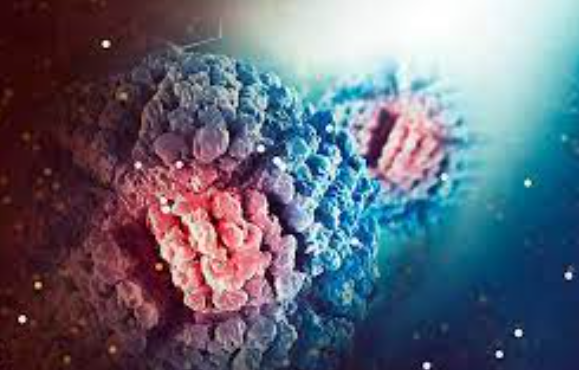
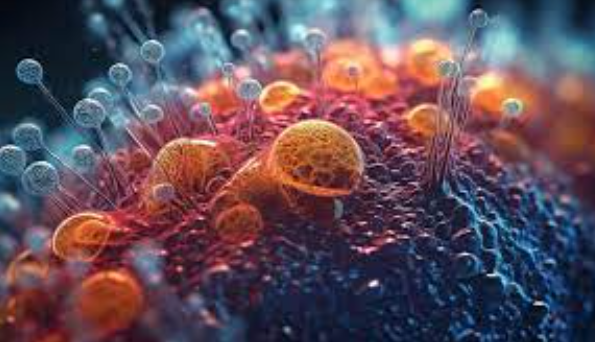
These scientists also discovered that some microbial species in the human gut are like essential employees that keep everything in order, whether it is breaking down starches or keeping our bellies in good shape. With DKI, they even identified a species that is like the master chef in digestion, especially in infants and formula-fed adults. In the words of Yang-Yu Liu, MD, of the Channing Division of Network Medicine at Brigham and Women’s Hospital, “Our DKI framework is like the magic wand of machine learning for solving microbial puzzles.” And the best thing is that this framework is not only for experts, but also opens the door to a future full of exciting discoveries.
So, intrepid microbiologists and explorers of the microcosm, let’s continue to unravel the mysteries of these tiny communities that play an important role in our bodies and beyond! See you on the next episode of “Microbes on Stage”!
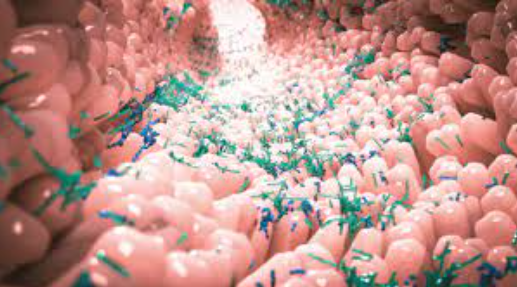
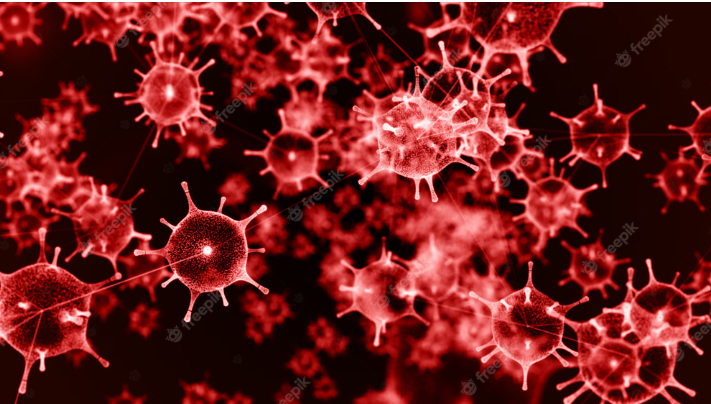
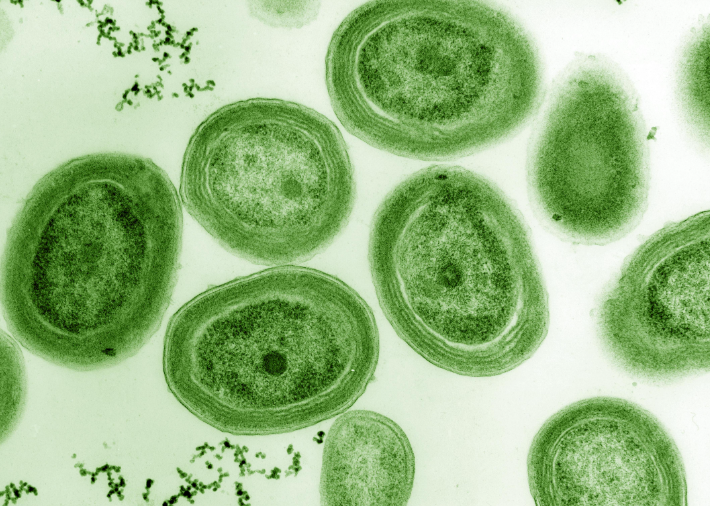
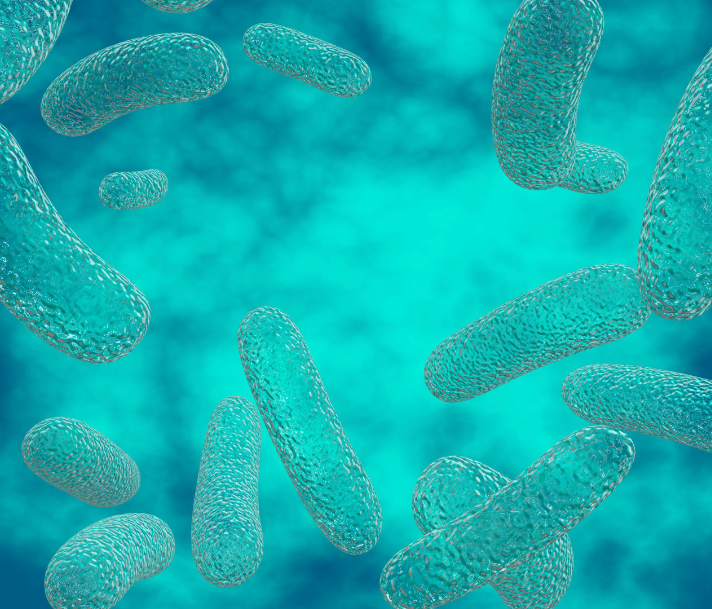
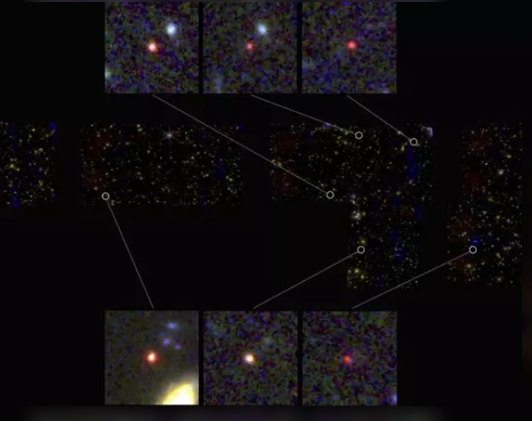
Responses